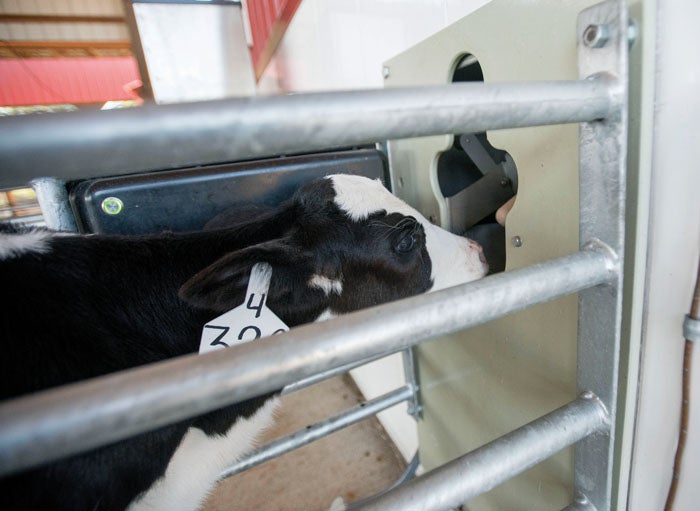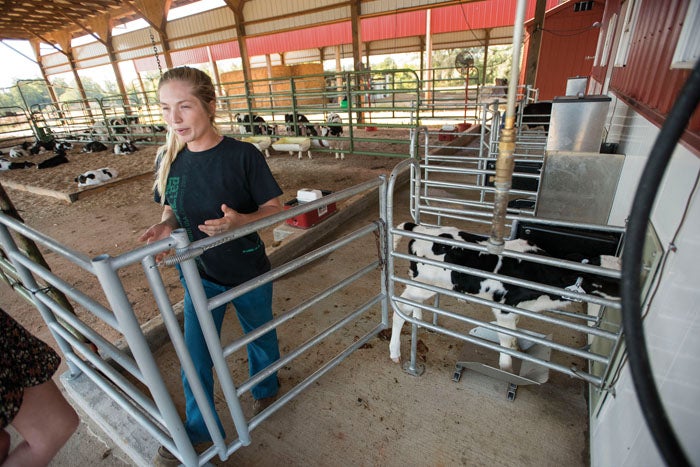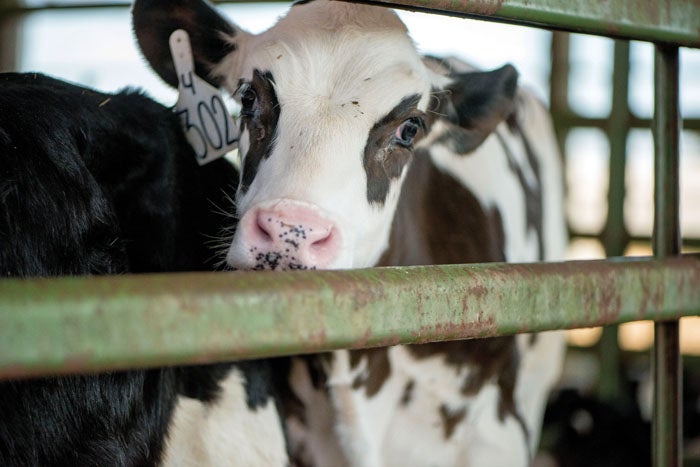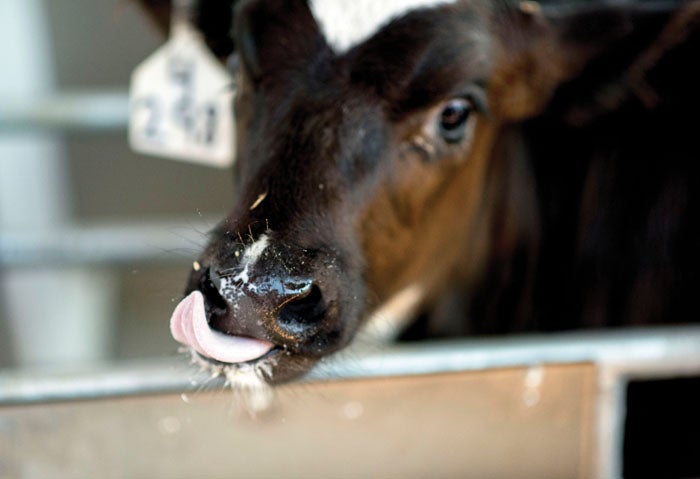Robot calf feeder brings efficiency at Piedmont Research Station
Published 12:00 am Friday, October 11, 2019
MOUNT ULLA — Among other things, Piedmont Research Station produces milk from dairy cows, but its main product is data.
Four weeks ago, the station got a robot that now feeds 27 calves and collects data as it does so. The robot gives the calves 2 liters of milk every two hours, which is more natural for their stomachs because it’s similar to being fed by their mother. The robot gives the research station information about whether a cow is drinking slowly or not drinking enough milk.
Before getting the robotic feeder, the staff bottle fed the calves twice a day.
The robotic calf feeder has already increased efficiency at the station, according to Teresa Herman, superintendent of the research station.
“It’s a huge labor drain, and prior to getting this building put in place, it was costing me six labor hours a day to feed baby calves. So, working with the university, we were able to purchase two robotic calf feeders, and I went from six hours a day to one hour a day,” Herman said. “The amount of passive data that I’m now capturing on these baby calves is unbelievable.”
Each calf has an electronic ear tag that notifies the robotic feeder to start feeding the calf milk. The feeder will continue for as long as the calf would like or its allotment is filled for that time frame. Each calf will drink 14 liters a day.
As the calves get older, they will graduate to grain. The robotic feeder will lower their milk allotment.
The baby cows are fed powdered milk. Kira Wetmore, a dairy research specialist, explained that baby cows have no immune system and will build it from their mom’s first milk, called colostrum. The station saves the colostrum and picks out the bad bacteria while keeping the good, which prevents diseases like chronic wasting disease and BLV, a virus similar to AIDS, from being passed from the mother cow to the calf.
The viruses generally wouldn’t be caught otherwise until the cow itself begins producing milk.
“We’re trying to prevent those diseases from spreading to the young cows,” Wetmore said.
Herman and Wetmore have noticed some behavioral changes, such as less balking, which means the calves are hungry. They are also socializing more with other calves. Wetmore said it has allowed staff to be companions for the calves now that they are not spending hours feeding them.
“If you talk to any farmer, the health and well-being of the animal is at the very forefront,” Herman said. “That is the most important thing for the farmer. This just gives the calf a better chance at life, because it gives them a more normal routine of feeding without the labor strain on the farmer.”
The robotic feeder allows for a more individualized approach to feeding, not one-size-fits-all. If a calf eats later in the day, a robotic feeder will recognize that whereas a human may not. The feeder has an algorithm to give the calf a bigger serving of milk if it has not reached its two-hour allotment.
North Carolina State University and North Carolina A&T State University have partnered with Piedmont Research Station. Stephanie Ward, an assistant professor at the Dairy Extension at N.C. State, leads the research program. One item Ward is looking at concerns the most efficient way to feed calves in a group after finding that calves do better in groups or when paired together.
The data, she said, is a faster and more frequent way to keep farmers informed
The information gathered can be accessed through a phone, which Ward has been looking at two and a half hours away, something that may help the future generation of farmers.
“It makes it a lot easier for the farmer themselves to not be tied to the farm and gives them a little bit more balance, which is one of the things that young farmers struggle with coming back home to manage a farm,” Ward said.
The robotic feeder is an example of how technology will help manage farms going forward, Ward said.
Several farms in North Carolina are using the calf feeders. Cost can be a factor, but the feeders will allow farm workers to make more efficient use of their time. Farmers need to decide when they want to make that investment, Ward said.







